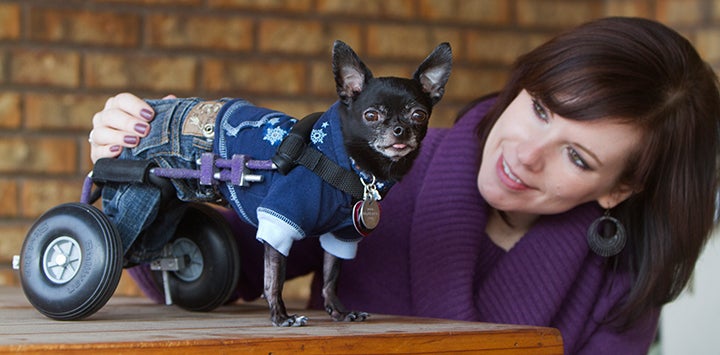
Special and Snazzy: Photo tips for capturing fabulous photos of special-needs animals
Before shooting
- Assess the “special.” “Special needs” means different things for different animals. For some it might be a physical impairment such as deafness or limited mobility. For others it might be behavioral such as extreme shyness or aggression. Talk to a caregiver to find out what the animal’s specific limitation is and what motivations and techniques will help them shine.
- Say hello without the camera. Some animals may just need some time to get comfortable with you before you start shooting. So be prepared to spend some non-demanding time with them to gain their trust and put them at ease.
During shooting
- Use sound. For visually impaired animals, use sound to get their attention. This might involve holding a squeak or shake type toy just above your camera to draw their faces towards the lens, or making goofy kissing or high pitched noises with your mouth as you shoot. If appropriate for a particular animal, you could even gently blow on her face.
- Use visual or tactile cues. For hearing impaired animals, use movement or appropriate tactile stimulation to get their attention. This might involve shaking or swinging a toy near the camera, moving your hands or body, having someone stand behind you and move their hands around the camera or again even gently blowing on their faces if appropriate.
- Use smell. If an animal is both blind and deaf or perhaps just a little timid and wary, take advantage of his sense of smell. You might use a distinctive and novel scent or even use really smelly food to entice them.
- Keep things familiar. With extremely shy or potentially confrontational animals, photograph them in a familiar space where they feel safe. In addition, have a familiar caregiver who they trust on hand to help you manage and monitor the animal’s comfort level. In some cases, using your telephoto for animals who need some extra space is the perfect approach.